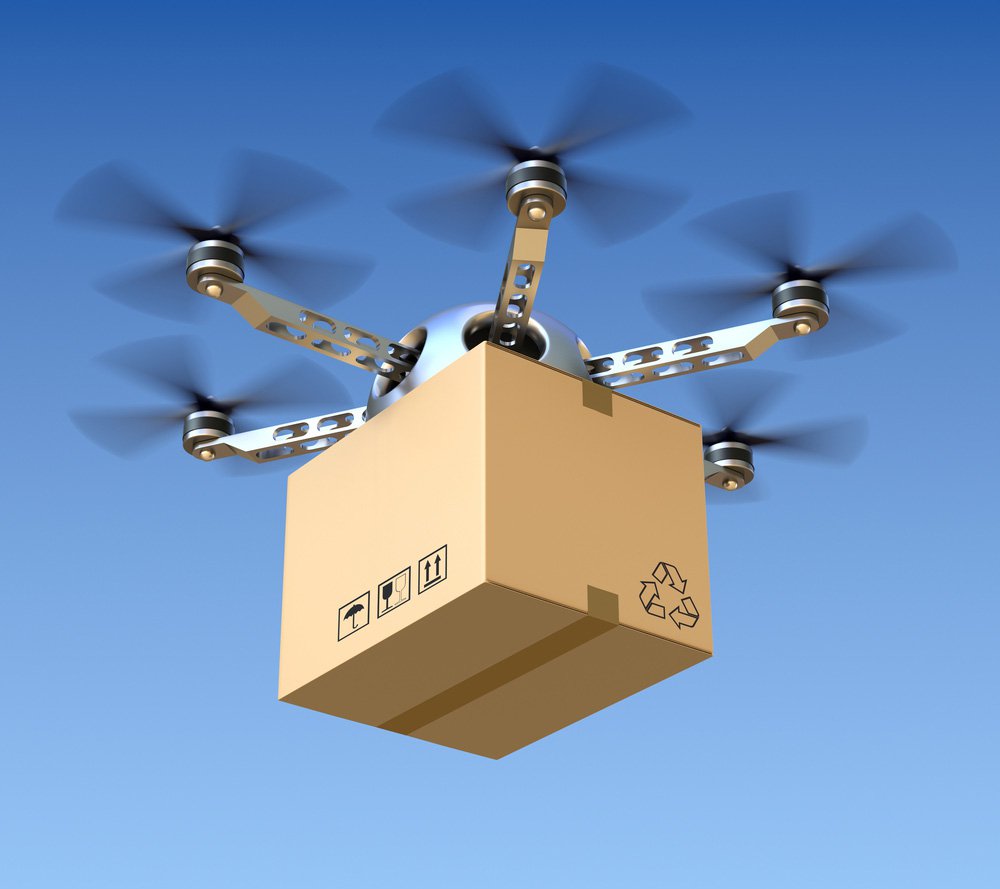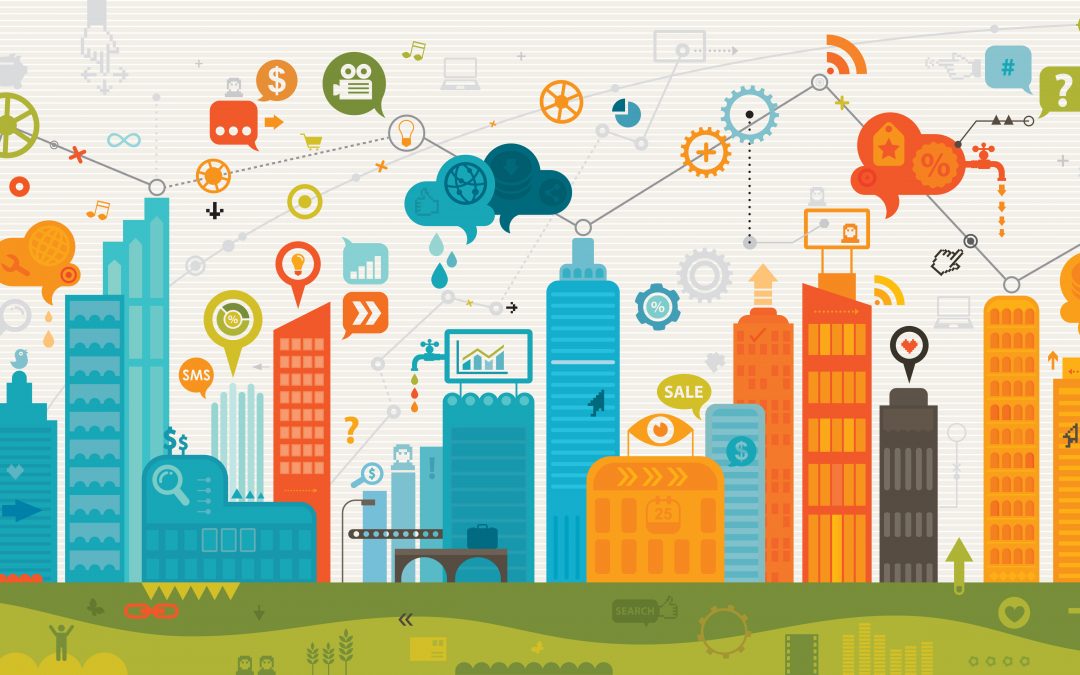Nowadays, technology has transformed many industries making them to move away from the classic brick and mortar business to online services. In this way firms could reduce operating costs while offering a larger variation of products. Nonetheless, shipping and postage has remained unchanged through these years with UPS and FedEx being the primary sources for shipping. But recently Amazon challenged the way of shipping with Amazon Prime Air. It is a drone delivery system distributing commercial packages in less than 30 minutes. Drones or Unmanned Aerial Vehicles (UAVs) originated mostly in military applications but the last 2 years civilian drones outnumbered military drones.
Drones are not only invading in the way of transporting goods, but in a few years, they will change the way of doing business in certain industries. The greatest contribution will be made in doctor aid and medical supplies delivery. Zipline, a Silicon Valley company, is working on a project with the government of Rwandan to deliver medical supplies to inaccessible villages, just in a few minutes. Doctors will request through an application specific material and it will be transferred from a medical warehouse facility right to the remote regions. The drones are designed to fly in average 120km and carry up to 1.5kg packages of fragile items which are dropped safely using a parachute. Also, the drones could be in the disposal of fire departments. In France, a company developed a real-time system to monitor fires and the spreads of flames. It will be “an eye in the sky” helping the firemen to take information about the fire and scout the direction of the flames, from a safe zone.
However, we should keep a close eye to the use of drones as they can also create some problems to the world. Just like birds, flying drones caring cargo could be a danger for aircrafts and should be assessed. The UK government is already running a project to test potential collision impacts between a drone and a commercial airplane as there have been several reports of “near misses”. The tests will be conducted by a military contractor with the use of military airplanes. Moreover, experts warn that drones can become “a game changer in the wrong hands”. Foreign embassies, nuclear power stations or a prime minister’s car can become potential targets for a terrorist attack. Although, remote control warfare is impossible to control, mitigating measures like radio-frequency jammers or no-fly zones could prevent any detrimental action.
From transportation to journalism and from saving lives to guarding, drones will become an incentive for many industries in the way of making business. With pioneers Amazon and Royal Mail, more and more companies will enhance the use of drones to save time, money and limit gas emissions. Yet, possible dangers could arise using drones and the need for flying regulations is mandatory.
References:
http://www.theverge.com/2016/10/18/13314916/drone-crash-airplane-test-uk-dangers
http://www.ibtimes.com/14-ways-drones-will-change-world-1517486
http://www.cnbc.com/2016/05/27/how-rwanda-is-using-drones-to-save-millions-of-lives.html
https://www.theguardian.com/uk-news/2016/jan/11/drones-terrorist-attacks-security-thinktank


